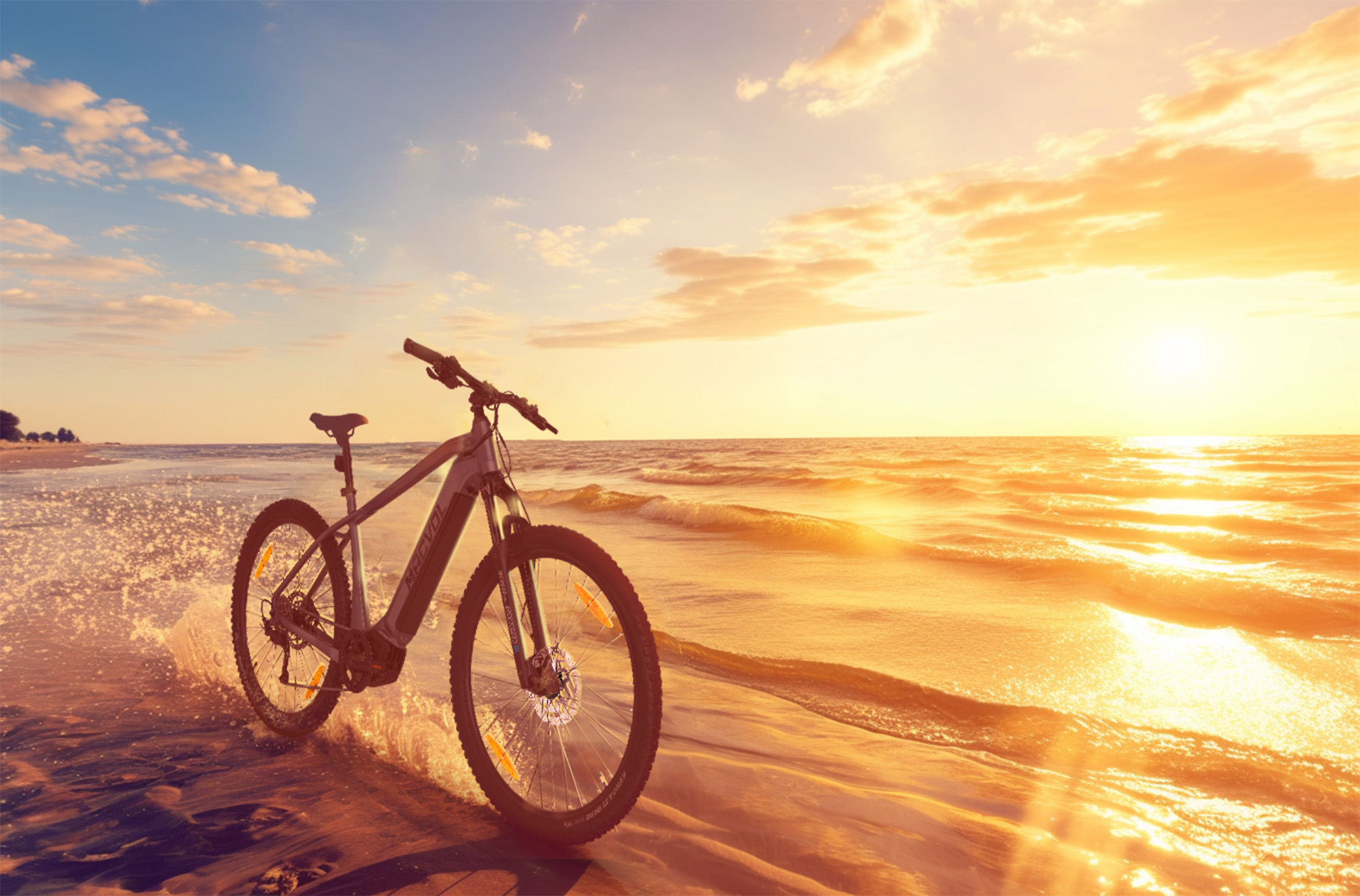Cycling is a full-body aerobic exercise involving multiple muscle groups, especially the lower body. Here’s an overview of the main muscle groups worked during cycling:
Leg Muscles
Quadriceps: Located at the front of the thigh, this powerful group is crucial for knee extension and provides power during pedal strokes. Key for performance and stability.
Hamstrings: Found at the back of the thigh, they assist in knee flexion and hip extension, playing a vital role in the downward pedal push. Strengthening them improves efficiency and injury prevention.
Calf Muscles:
Gastrocnemius: Located on the calf's outer layer, involved in foot flexion and knee bending.
Soleus: Deeper muscle, helps in maintaining posture and balance, important in pedal pushing.
Glute Muscles
Gluteus Maximus: Largest muscle in the buttocks, responsible for hip extension during the downstroke.
Gluteus Medius and Minimus: Assist in hip stability and pelvic balance.
Core Muscles
-
Essential for maintaining balance and posture on the bike, including muscles like the transverse abdominis, rectus abdominis, and obliques.
Back Muscles
Latissimus Dorsi: Helps maintain posture, especially in prolonged rides. Engaged in stabilizing the spine and aiding in overall coordination.
Upper Limb Muscles
Arm Muscles: Active in holding handlebars, steering, and adjusting speed.
Forearm Muscles: Used for gripping and controlling the bike.
Though cycling mainly targets the lower body, it also engages core and upper body muscles to some extent. For a balanced workout, combine cycling with exercises like core training, upper body strength training, and flexibility exercises to maintain overall fitness and health.
 Español
Español

Validate your login